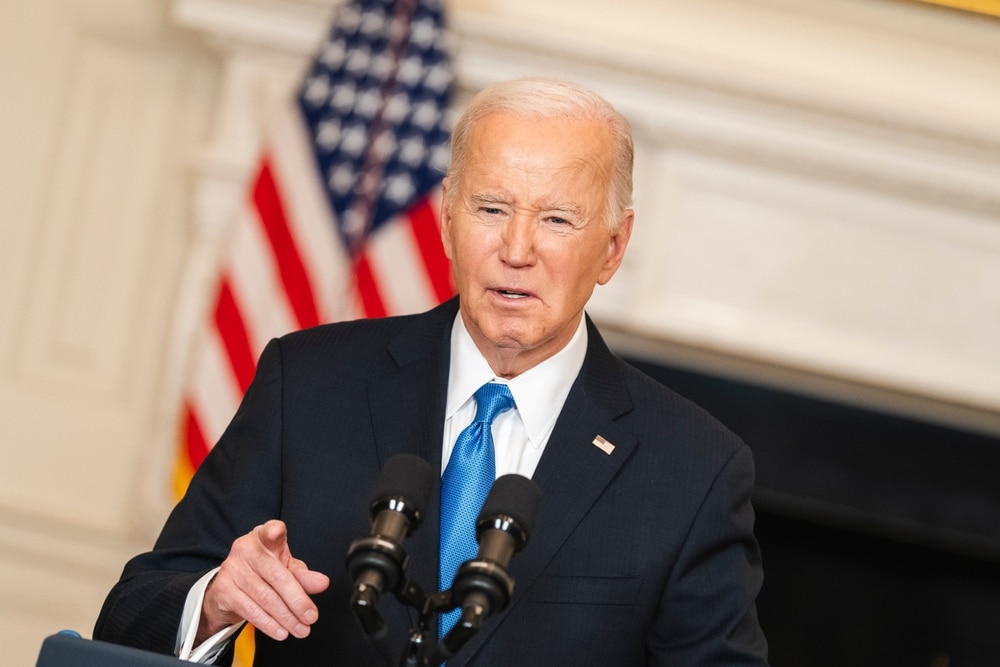Cases of three major respiratory viruses — the flu, COVID-19 and RSV — are surging in the U.S., pushing the country toward a feared “tripledemic” during its first post-pandemic respiratory viral season.
Optimism was high this autumn as the U.S. headed into the viral season.
The national arsenal against these viruses had vaccines against RSV for the first time, newly updated COVID-19 vaccines, and the flu “immunity debt” that plagued children in 2022 was history.
But now, confidence is waning.
Accessing the vaccine for RSV, or respiratory syncytial virus, has been a struggle for many, and enthusiasm for the new COVID-19 vaccines turned out to be abysmal.
COVID-19 hospital admissions have been rising since November and wastewater detection indicates most sites — 69 percent — are seeing large increases in virus levels.
Flu activity across the country is currently “elevated and continues to increase in most parts of the country,” according to the latest update from the Centers for Disease Control and Prevention (CDC). And vaccine uptake for the flu seems to be lagging, with the CDC saying nearly 8 million fewer people got the shot by mid-December compared to the same period in 2022.
“We’re definitely seeing an increase in the number of flu cases, COVID-19. They’re both surging right now,” said Luis Ostrosky, chief of infectious diseases and epidemiology with UTHealth Houston and Memorial Hermann.
Speaking on the RSV cases he’s seen in the Houston area, Ostrosky said infections appeared to surge earlier in December, though he is still seeing a “steady” number.
Hopes were high that the approval of two RSV vaccines for seniors and a preventive monoclonal antibody for infants would help keep cases low this season.
A holiday “bump” in cases is to be expected following weeks of year-end travel.
AAA estimated in December that more than 115 million people in the U.S. would be traveling 50 miles or more from home during the festivities.
Ostrosky is optimistic case rates will begin to go down soon after a potential holiday bump, with past winter peaks indicating a drop sometime in early January.
He emphasized it is still worthwhile to get tested if you experience symptoms because there is now a plethora of therapeutics available for treating these infections.
















